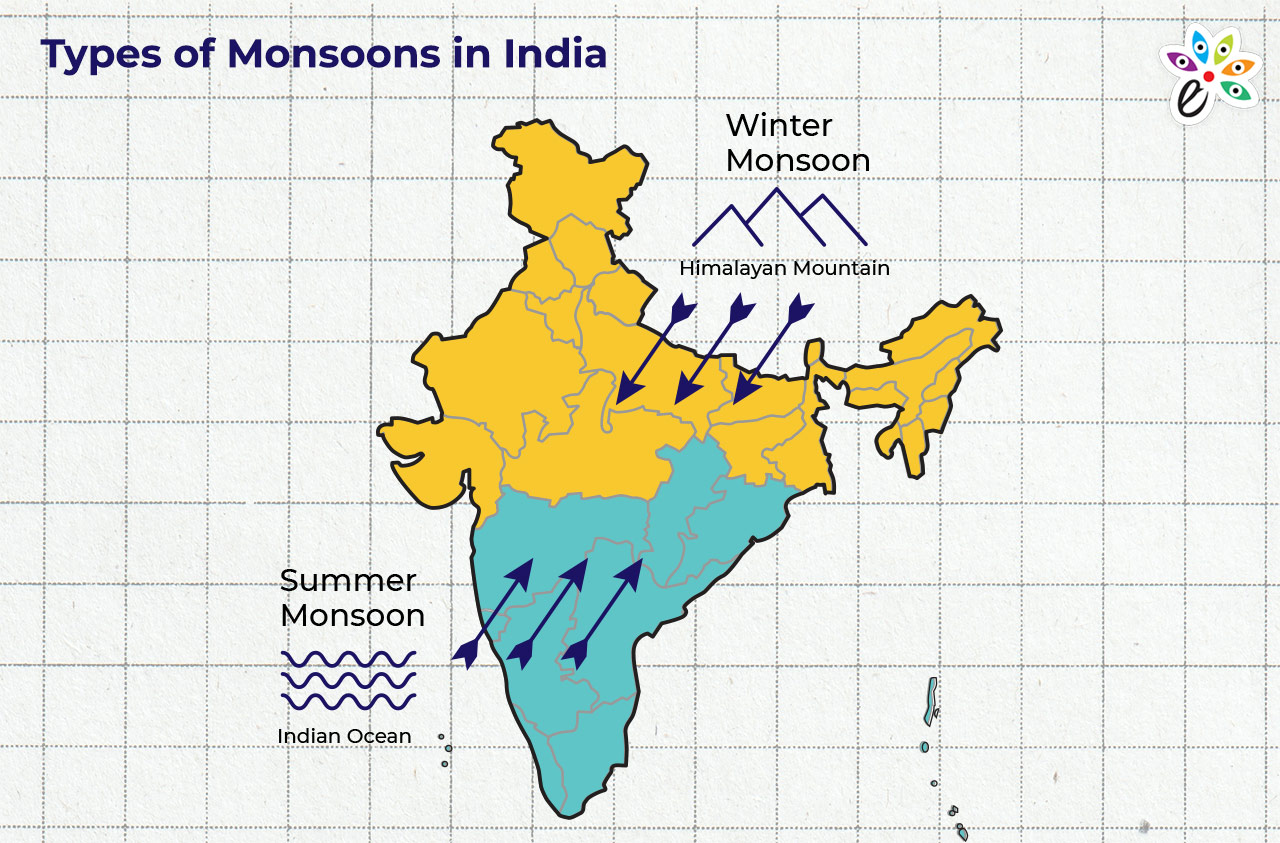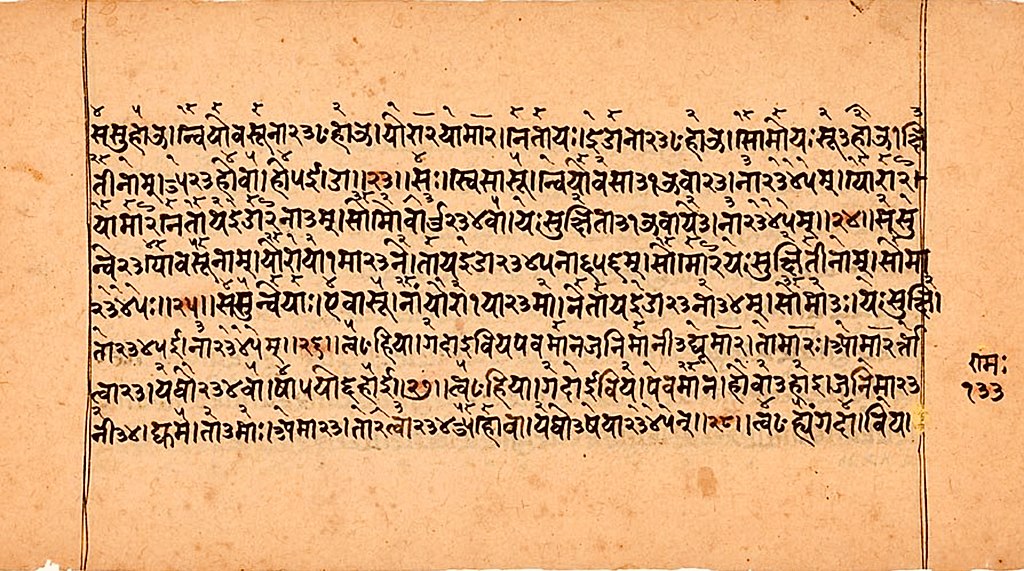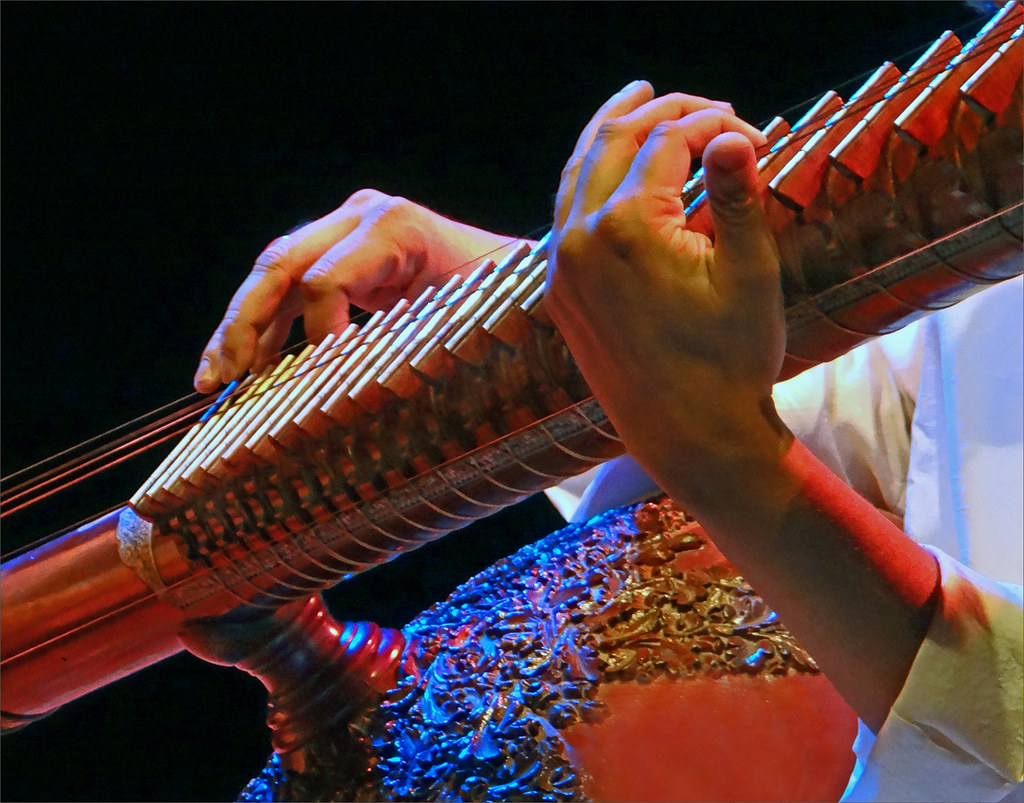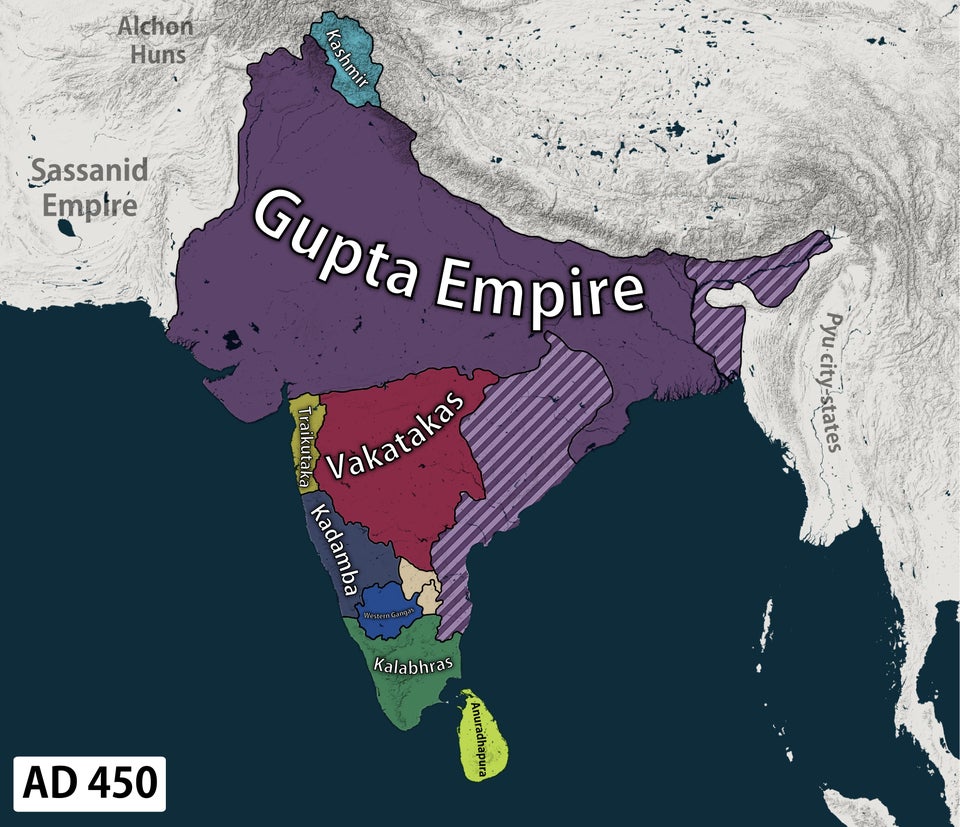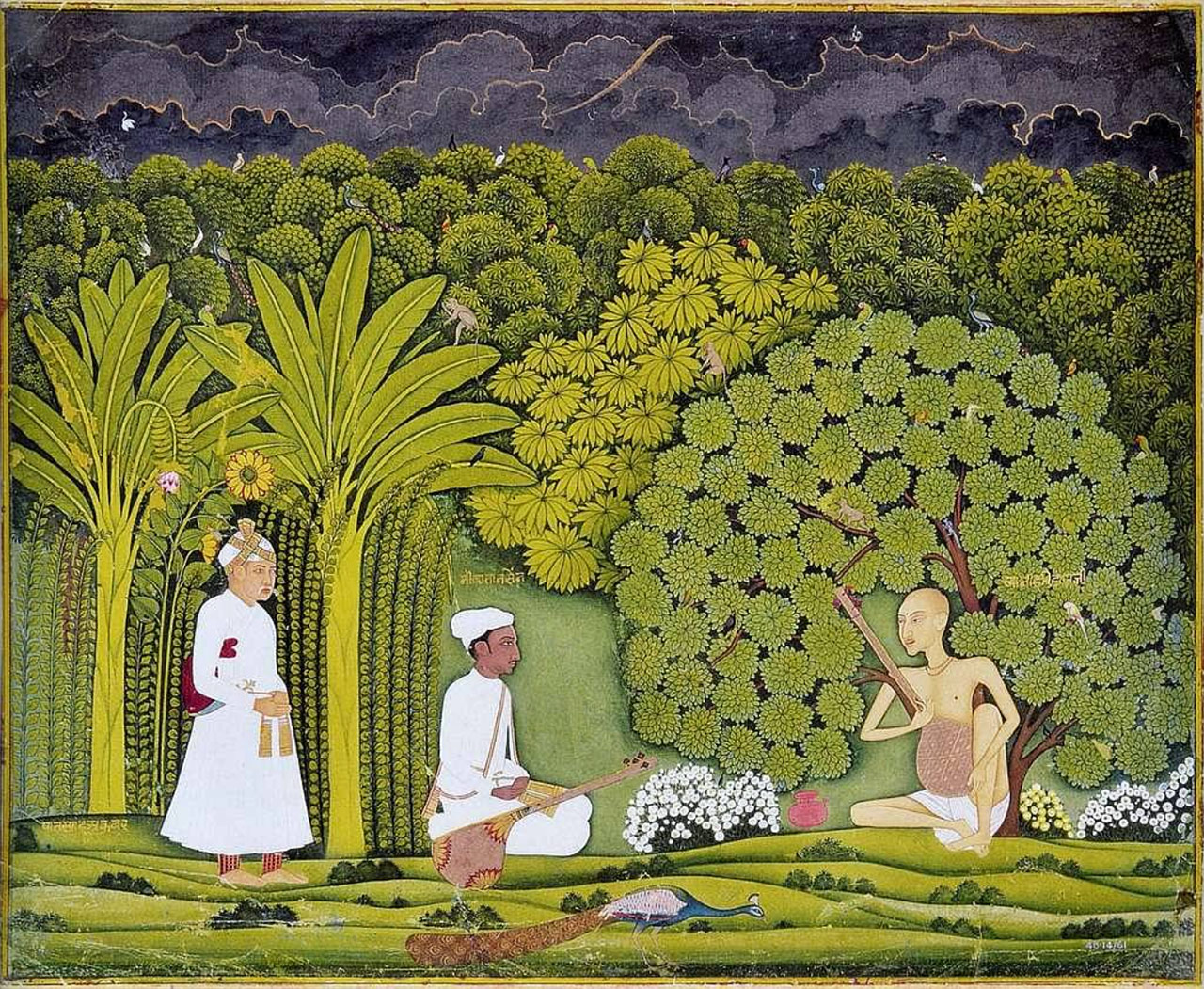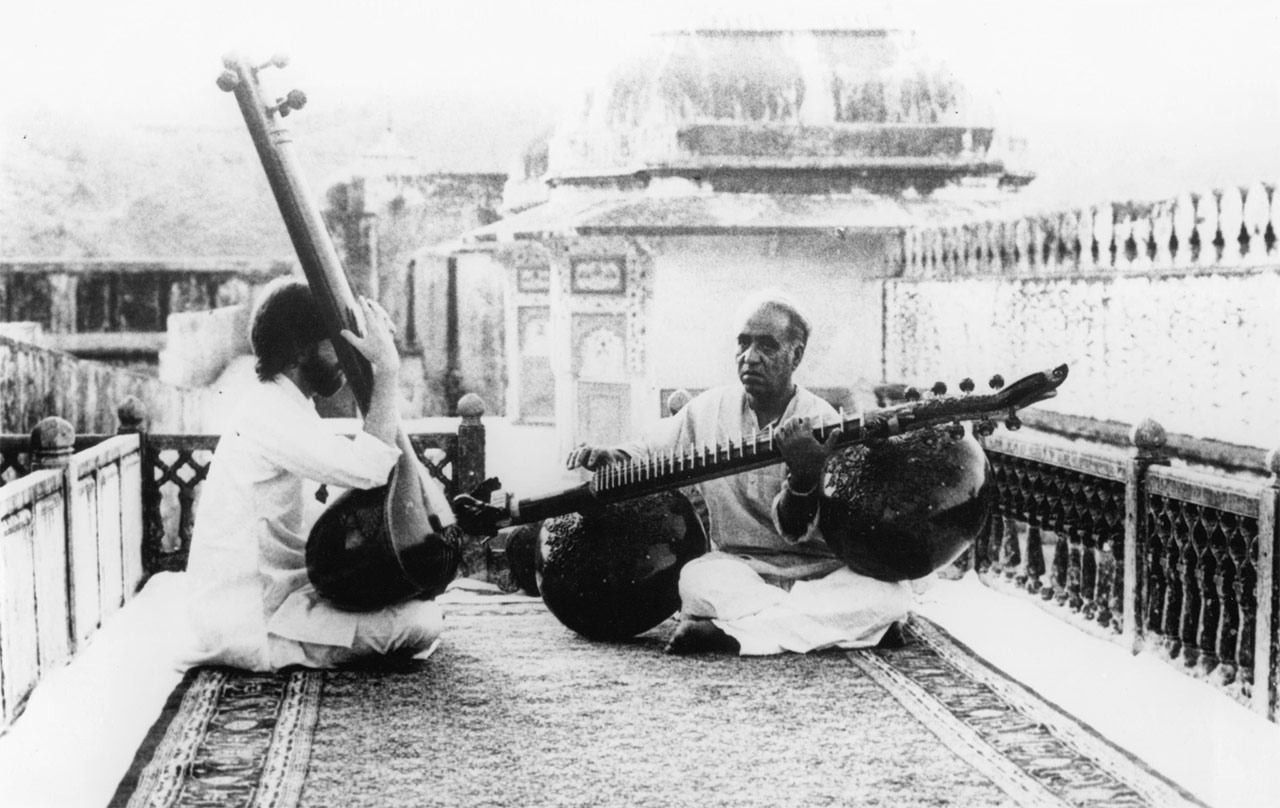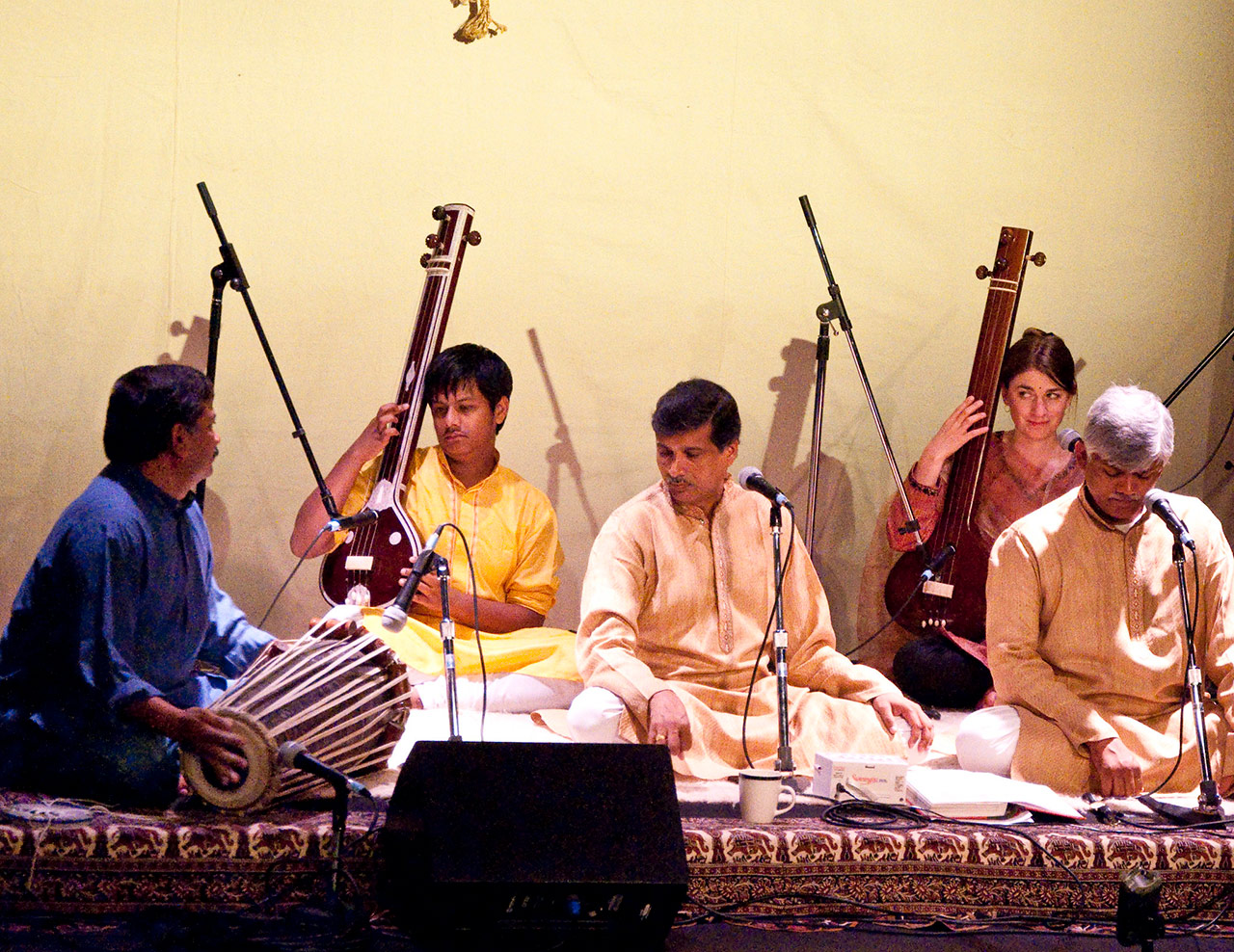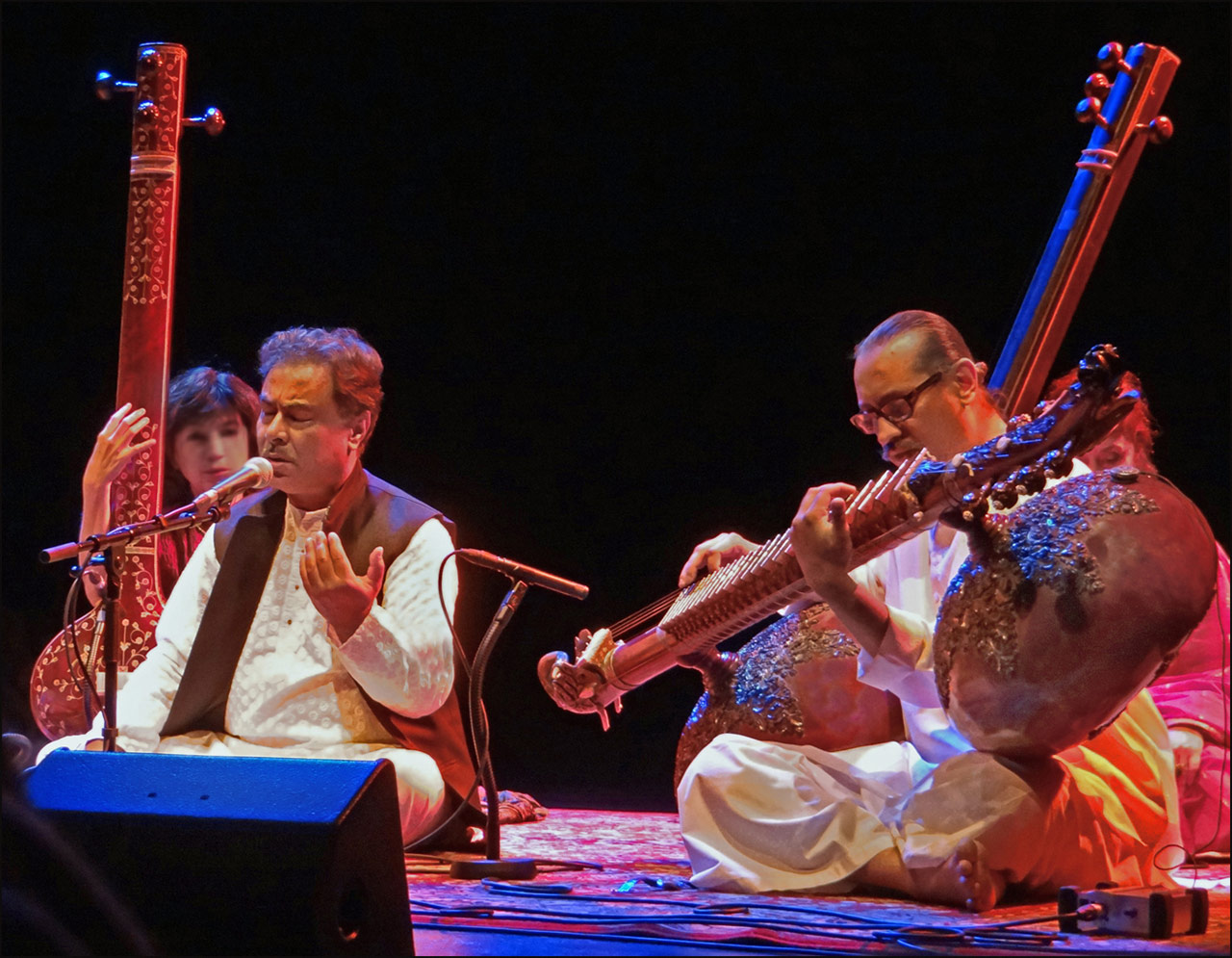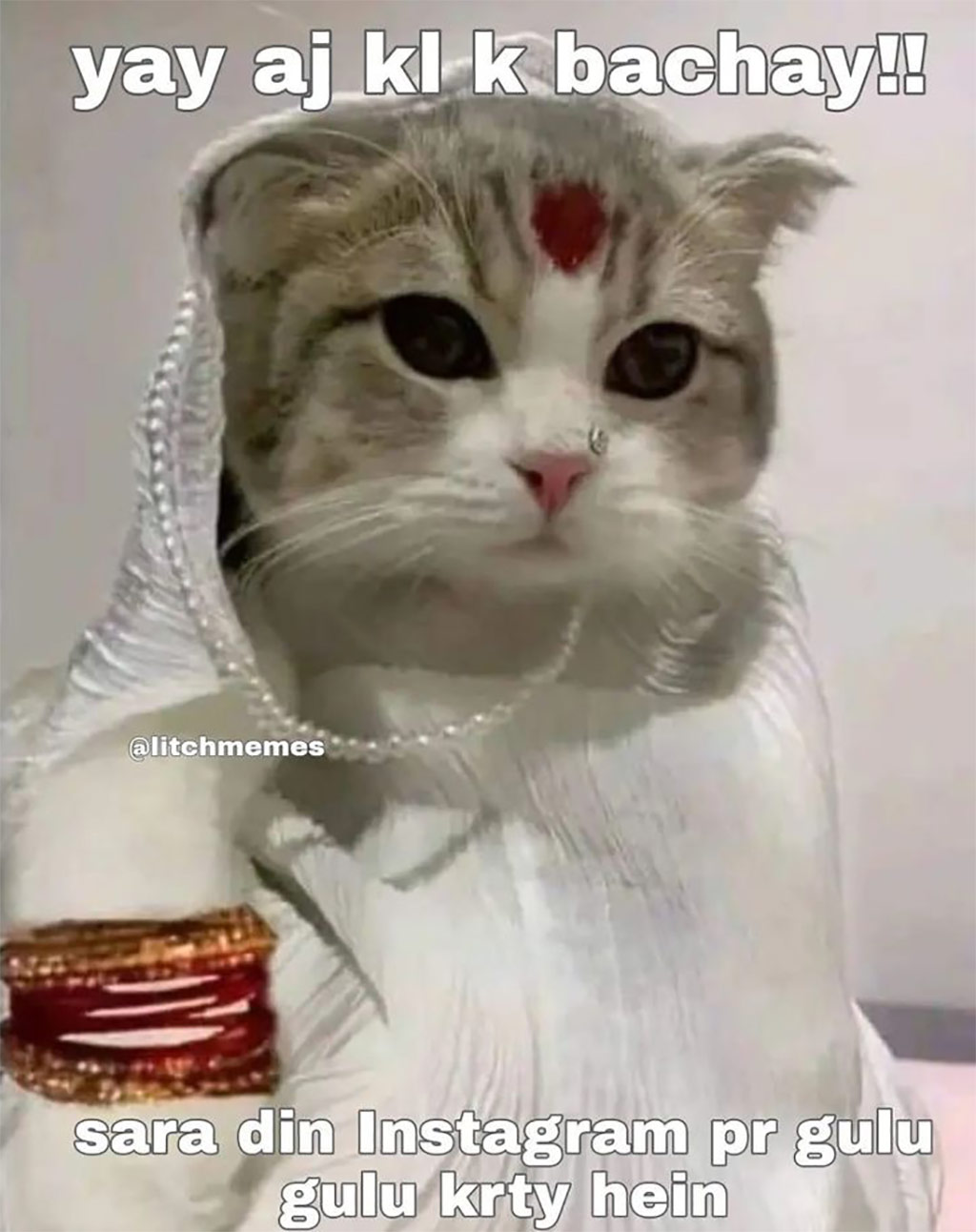
Architecture is the art of sculpture designing, and constructing buildings and other physical structures. Form, space, materials, and light are creatively manipulated in architecture to accomplish various goals, such as expressing cultural values, creating a place for human habitation, and influencing the surrounding landscape. To know more deeply about architecture we have to visit the architectural places. India is a historical country, there are many historical monuments and buildings in India. The architecture of Indian monuments and buildings is very artistic and beautiful. The work done in those buildings shows the best architectural designs. The monuments and buildings in India are best to visit for architecture students.
Let’s see some places to visit for architecture students in India:
Taj Mahal, Agra

The Taj Mahal is one of the wonders of India. The Taj Mahal is the most beautiful architectural masterpiece of India. The Taj Mahal is recognized as a UNESCO World Heritage Site. The Mughal Emperor Shah Jahan built the Taj Mahal in memory of his beloved wife, Mumtaz Mahal. The Taj Mahal is well known for its exquisite workmanship a magnificent white marble architecture. The architecture of the Taj Mahal includes Indian, Turkish, Persian, and Islamic architectural styles. The Taj Mahal is not only an architectural monument but also a sign of love. The Taj Mahal’s prime structure is a substantial mausoleum made of white marble that is surrounded by four minarets. Minor ceilings edge the primary dome, which is beautifully ornamented with fine carvings and precious stones inlaid. The mausoleum is part of a large complex with other buildings, gardens, and sparkly ponds. Its creation demonstrated exceptional precision and craftsmanship by utilizing cutting-edge engineering techniques for that age. Still one of the most recognizable sites on earth, it serves as a constant reminder of the splendor of Mughal design. The Taj Mahal is one of the best monuments that architectural students must visit in India.
Jaipur (Architectural Monuments)

Jaipur is the first city in India that was planned, and designed according to Vastu Sastra (Indian architectural principles ). Jaipur is also known as the “Pink City”. Jaipur is known for its architectural heritage and historic consequence. Jaipur City was founded in 1727 by Maharaja Sawai Jai Singh II. Jaipur is a blend of multiple architectural styles – Mughal, European, and Indian architectural styles.
Multiple architectural monuments in Jaipur are the best examples of deep, and perfect architecture that architectural students must see. Let’s see some of the architectural monuments of Jaipur:
Hawa Mahal, Jaipur

Hawa Mahal is an example of Rajput architecture that was built in 1799 by Maharaja Sawai Pratap Singh. Hawa Mahal is one of the most famous architectural monuments of Jaipur. The most noteworthy feature of Hawa Mahal is its intricate front, which features 953 tiny windows, called jharokhas, that are adorned with beautiful latticework (jali). The palace was envisioned to provide passable ventilation during the scorching summer months by allowing cool air to flow through these windows. The front is modeled by Lord Krishna’s crown. Hawa Mahal is made of pink stone and perfectly represents Jaipur as a “Pink City”. Hawa Mahal is a reminder of the great craftsmanship and creative architectural design of those bygone days. Its distinctive style and historical significance, which provide a window into Jaipur’s regal past and architectural legacy, never ceases to enthral tourists.
Suggested Read: Jali Architecture – A Network of Mesmerizing Splendor
City Palace, Jaipur

The City Palace complex, a stunning example of Rajput and Mughal architecture, is situated in the center of Jaipur. Many palaces, courtyards, gardens, and museums are located there. Jaipur’s regal past is reflected in the palace’s elaborate décor, marble floors, and priceless art collections. There are multiple museums, courtyards, and palaces in the city palace these are:
- Chandra Mahal
- Mubarak Mahal
- Diwan-I-Khas and Diwan-I-Alam
- Pitam Niwas Chowk
- Govind Dev Ji Temple
- Museum and Art Gallery
- Paved Courtyards and Gardens
All these perfectly represent the architectural heritage of India and are the best places for architectural students to visit.
Jantar Mantar, Jaipur

A striking astronomical observatory and UNESCO World Heritage Site, Jantar Mantar is located in Jaipur. Maharaja Sawai Jai Singh II, a talented mathematician and astronomer, built it between 1727 and 1734. The Jantar Mantar is a collection of architectural astronomy devices intended for accurate and precise observation of celestial occurrences.
Jantar Mantar is one the most famous and top-visited architectural monuments in India. The goal of the construction of the Jantar Mantar was to further astronomy research and enable accurate astronomical measurements. In addition to Islamic and European influences, the instruments were designed with ancient Hindu astronomy and mathematics in mind. The Jantar Mantar was designed by Maharaja Sawai Jai Singh II to be a useful instrument for precisely measuring time and space as well as for researching and forecasting celestial events.
There are multiple architectural memorials in Jaipur. Jaipur is the top city in India that represents the architectural legacy of India.
Khajuraho Temples, Madhya Pradesh

In Khajuraho, Madhya Pradesh, India, there is a well-known complex of Hindu and Jain temples known as the Khajuraho Group of Monuments. These temples are well known for their exquisite carvings, beautiful architecture, and representations of sensual sculptures. The Chandela dynasty, which ruled central India between the ninth and the twelfth centuries, produced the Khajuraho temples, a time of immense architectural and cultural accomplishment. The beautiful Hindu and Jain temples known as the Khajuraho Temples are situated in the town of Khajuraho, which is in the Chhatarpur district of Madhya Pradesh, India. These temples are recognized as UNESCO World Heritage Sites and important historical and cultural landmarks because of their remarkable architectural splendor, elaborate sculptures, and finely carved details.
Khajuraho is one the best architectural monuments in India that architectural students must visit to know more about Indian architecture.
Ellora and Ajanta Caves

Maharashtra, an Indian state, is home to the Ellora and Ajanta Caves, two UNESCO World Heritage Sites. Despite being distinct locations, they are frequently cited in conjunction because of their historical significance and close vicinity. The two cave complexes exhibit outstanding instances of rock-cut architecture, art, and religious devotion from ancient India.
Ellora Caves: The Ellora Caves are a massive complex of rock-cut temples and monasteries carved out of the Charanandri hills, close to the city of Aurangabad. During the reign of multiple dynasties, including the Rashtrakutas, Chalukyas, and Yadavas, these caves were excavated over several centuries, from the sixth to the tenth century CE.
The Ellora chambers, which have 34 chambers devoted to Hinduism, 12 to Buddhism, and 5 to Jainism, are a harmonic fusion of Buddhist, Hindu, and Jain religious traditions. The most famous cave in Ellora is Kailash Temple dedicated to Lord Shiva.
Ellora Caves are a UNESCO World Heritage Site and are the historical architecture of India. Architectural students must visit these architectural caves. The unique architecture of Ellora Caves will help them to know more about architecture.
Ajanta Caves: Situated approximately 100 kilometers away from Ellora, the Ajanta Caves comprise thirty Buddhist cave structures etched into a horseshoe-shaped cliff by the Waghora River. The Satavahana, Vakataka, and Chalukya kingdoms were in power when these caverns were built, and they date from the second century BCE to the sixth century CE.
The beautiful murals and paintings found in the Ajanta Caves are well known; they feature scenes from ordinary life, Jataka tales, and the life of the Buddha. Before being abandoned in the seventh century CE, the caves housed Buddhist monks and were used as monastic retreats. A British officer called John Smith unearthed the caves in the nineteenth century. Among the most well-known caves at Ajanta are Caves 1 and 2, where the famous painting of the Buddha’s death, Mahaparinirvana, is shown in Cave 2 and the magnificent representation of the Bodhisattva Padmapani in Cave 1.
The architectural students must see both Ajanta and Ellora caves to learn about Indian architectural heritages.
Delhi (Architectural Monuments)

Delhi is the capital of India and multiple architectural monuments in Delhi reflect the architectural heritage of India.
Following are some architectural monuments of India:
Qutub Minar: One of Delhi’s most recognizable structures, the Qutub Minar is a UNESCO World Heritage Site. At roughly 73 meters, it is the world’s highest brick minaret, constructed in the twelfth century by Qutb-ud-din Aibak. The minaret showcases early Islamic architecture in India with its elaborate carvings and Arabic calligraphy inscriptions.
Red Fort: Red Fort is also known as Lal Qila. Constructed in the 17th century by the Mughal Emperor Shah Jahan, the Red Fort is a stunning example of Mughal architecture. A complex of palaces, rooms, gardens, and museums is enclosed by the red sandstone walls of the fort. The Diwan-i-Am (Hall of Public Audience) and Diwan-i-Khas (Hall of Private Audience) are two of the fort’s notable architectural features.
Humayun Tomb: The tomb of Humayun is another UNESCO World Heritage Site and is regarded as a forerunner to the Taj Mahal. Emperor Humayun’s mausoleum, constructed in the middle of the 16th century, combines Indian and Persian architectural designs. The tomb is a masterpiece of Mughal architecture because of its symmetrical design, gardens, and use of red sandstone and white marble.
Jama Masjid: One of India’s biggest mosques and a notable religious and architectural monument in Delhi, the Jama Masjid was built by Shah Jahan.
Built of red sandstone and white marble, it was finished in 1656 and has three majestic entrances, minarets, and a large courtyard.
India Gate: India Gate is a military memorial honoring Indian troops who lost their lives in World military I. It was created by Sir Edwin Lutyens and constructed in the early 20th century. Nestled amidst verdant lawns, the triumphal arch, evoking the likeness of Paris’ Arc de Triomphe, is a well-liked destination for both inhabitants and visitors.
All these are architectural monuments present in India’s capital in India. So architectural students must visit these architectural monuments.
Varanasi (Architectural Monuments)

One of the oldest continuously inhabited towns in the world, Varanasi—also referred to as Kashi or Banaras—has great religious and cultural significance in Hinduism. Varanasi is well known for its spiritual and religious significance, but it also has a wealth of historical and cultural landmarks that are architectural.
- Kashi Vishwanath Temple (Temple dedicated to Lord Shiva, famous for its domed shikhara covered in gold).
- Durga Temple (Durga Kund Mandir): Well-known for its unique red-colored frontage.
- Ramnagar Fort
- Narrow street traditional houses of Varanashi.
All these are the simple but very famous architectural monuments of Varanashi that architectural students must visit.
10. Mysore Palace

The majestic royal palace known as the Mysore Palace, also called the Amba Vilas Palace, is situated in the Indian state of Karnataka, which lies in the southern region of the country. This famous palace is well-known for its sophisticated interior design, rich historical value, and gorgeous Indo-Saracenic architectural style. The Wadiyar family erected the original Mysore Palace in the fourteenth century, but fires and restorations caused it to be destroyed and rebuilt numerous times.
Under the rule of Krishnaraja Wadiyar IV, the present palace was commissioned in 1897 and finished in 1912, designed by British architect Henry Irwin. With elements of Gothic, Rajput, Hindu, and Islamic architecture, the palace reflects the eclectic Indo-Saracenic style that was prominent during the British colonial era. The Mysore Palace is one of the most visited architectural monuments of India. Architectural students must watch Mysore Palace.
11. Hampi, Karnataka

The magnificent Vijayanagara Empire remains at Hampi, which is a UNESCO World Heritage Site in the Indian state of Karnataka, are well-known. One of the richest and biggest empires in Indian history, the Vijayanagara Empire, had its majestic capital originally located in this historic metropolis. The architectural wonders of Hampi, which are surrounded by an amazing environment of enormous boulders and lush vegetation, draw tourists, archaeologists, and history buffs from all over the world. Hampi is also the most famous architectural monument of India. From the fourteenth to the sixteenth centuries, Hampi thrived as the capital of the Vijayanagara Empire. The empire was a significant hub for South Indian art, culture, and architecture throughout this time. Hampi is home to a large number of striking temples, palaces, and monuments that exhibit a distinctive fusion of Dravidian and Hindu architectural traditions.
Immerse yourself in India’s rich history and culture by visiting Hampi, a treasure trove of architectural and archaeological marvels, must visit Hampi.
Suggested Read: Dravidian Architecture of Southern India
12. Udaipur, Rajasthan

Situated in the Indian state of Rajasthan, Udaipur is widely recognized for its opulent palaces, tranquil lakes, and abundant cultural legacy. Known as the “City of Lakes” or the “Venice of the East,” Udaipur is a well-liked travel destination praised for its historical significance, gorgeous architecture, and romantic atmosphere.
City Palace: Located on the eastern shores of Lake Pichola, the City Palace is a spectacular structure. It was constructed over several centuries, including donations from several Mewar dynasty emperors. The city palace combines Mughal, European, Chinese, Rajasthani, and medieval architectural elements. City Palace has elaborate courtyards, towers, domes, and balconies. The Manak Mahal (Ruby Royal), Zenana Mahal (Women’s Palace), Mor Chowk (Peacock Courtyard), and the magnificent view from the royal terrace within the complex. The architectural students must visit the Udaipur City Mahal to learn about the Indian architectural monuments.
There are many architectural monuments in Udaipur and are:
- Lake Palace(jag niwas): Famous for its Rajput architecture with carved balconies and jharokhas(balconies).
- Jag Mandir
- Saheliyon ki Bari
- Fateh Sagar Lake
- Mansoon Palace
- Havelis and Temples
Udaipur in India is most famous for architectural places in India. Udaipur represents the Indian architectural heritage perfectly.
India is a country rich in cultural and architectural heritage. There are many architectural buildings and monuments in India. India’s architectural landscape features a rich tapestry of styles, techniques, and influences, ranging from ancient cave temples to majestic palaces and contemporary architectural marvels. So the architectural students must visit all the above architectural monuments to learn more about architecture.
































